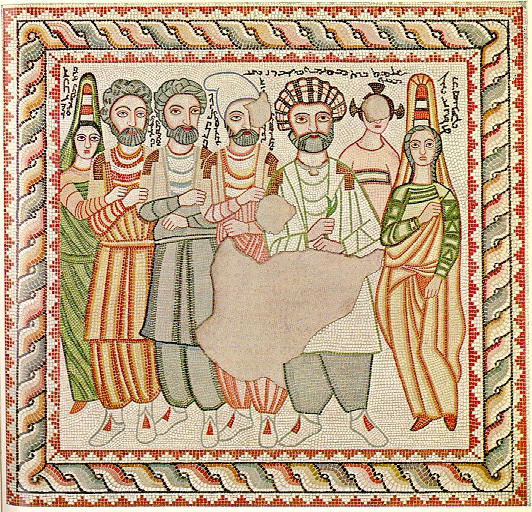Special Topics In Humanities: Race and Identity in Ancient Roman Tombs

The ancient Roman world covered an area occupied by hundreds of people groups and tribes, stretching from Britain to Arabia, and from Germany to Africa. Individuals could simultaneously carry multiple identities—local, tribal, regional, and imperial. This course looks at the monuments that the peoples of the Roman world erected for themselves, for their friends, and family members; it examines the cultural identities that were constructed and communicated through these works and structures. The imperial house itself ultimately incorporated this cultural diversity, with Emperors hailing from Spain, North Africa, and Syria, ruling its territory. We will thus consider Roman monuments varying in status from Imperial Mausolea to the portrait memorials of former slaves, ranging in geographic type from the rock-cut facades of Syria to painted Romano-Egyptian mummies, and covering seven hundred years of Roman civilization. The course will examine how the Roman visual culture of remembrance provides insight onto the complex layers of identity—and familial self-presentation—that were negotiated by many who lived within the Roman world. Particular attention will be paid throughout to the varying (non-/)representational strategies monuments employed—narrative, symbolic, aniconic and textual—over space, time, and amongst differing economic, social, and cultural groups—as well as to the possible motivations behind these. We will additionally be concerned with the various effects of selective memory and forgetfulness that each object or form seeks through its visual strategies—what aspects of the commemorated person are focused on, or set aside, and, how the body (whether present, or absent) is referenced, or covered up. The course will thus trace the complex practices of cultural navigation and code-switching that Roman tombs embody, as well as the strategies they employ in the visual identities they represent and help to create.
Textbooks/Other Materials: All readings will be on Canvas
Course Requirements:
Intended Audience: Undergraduate
Class Format: Lecture
Estimated Cost of Materials: $0-50
HISTART Distribution Requirements: A. Middle East, D. Europe and the US, 1. Ancient
This course fulfils the LSA Humanities Distribution requirement